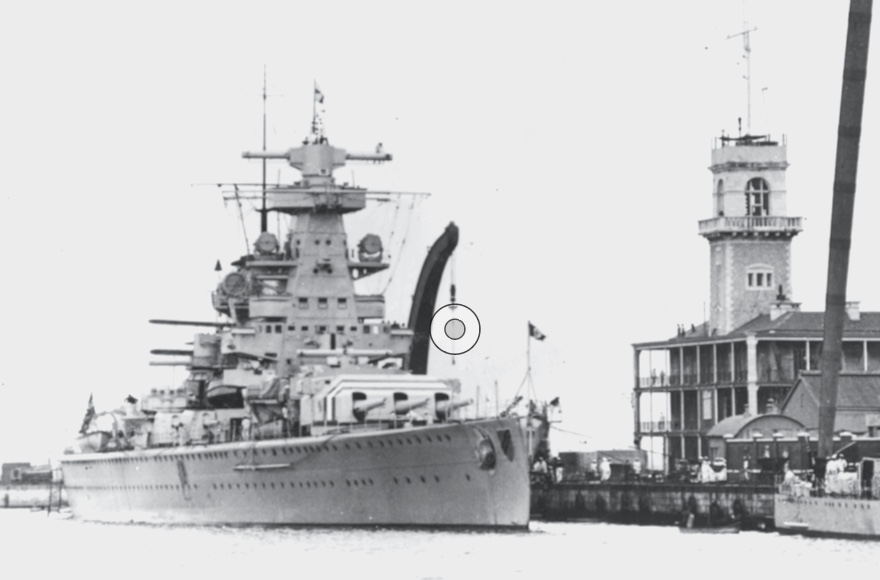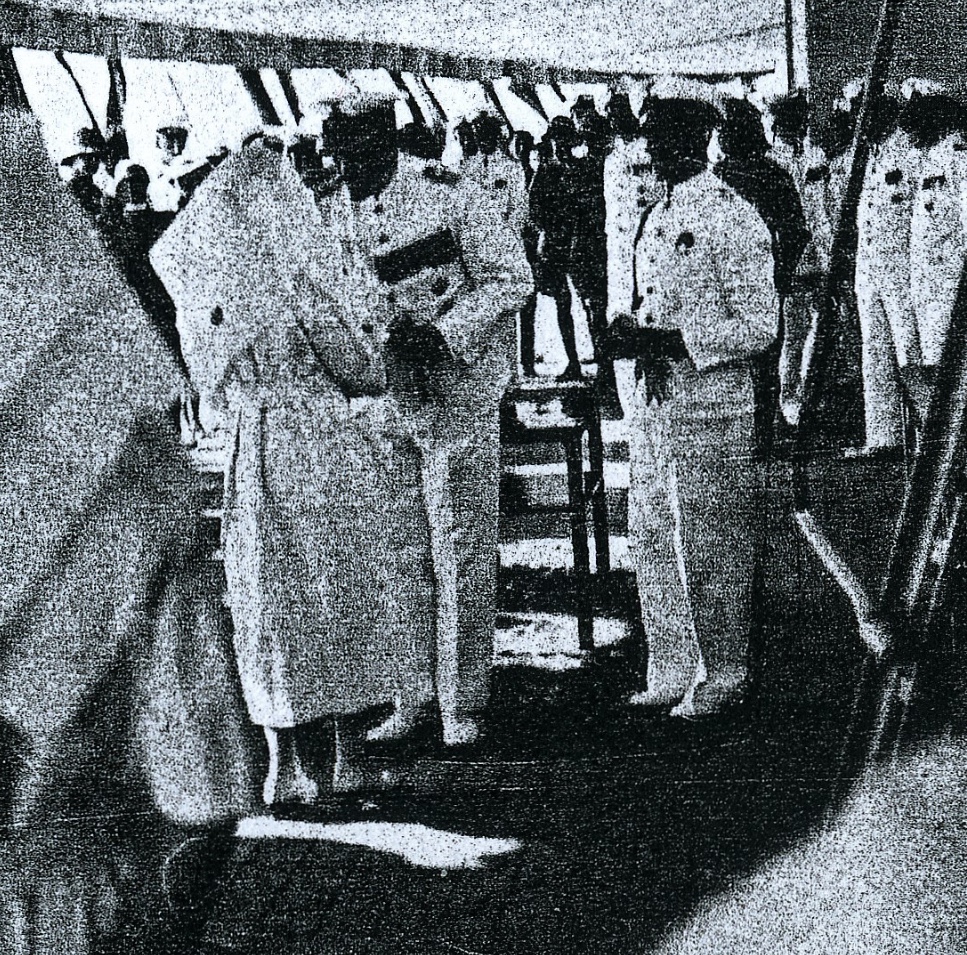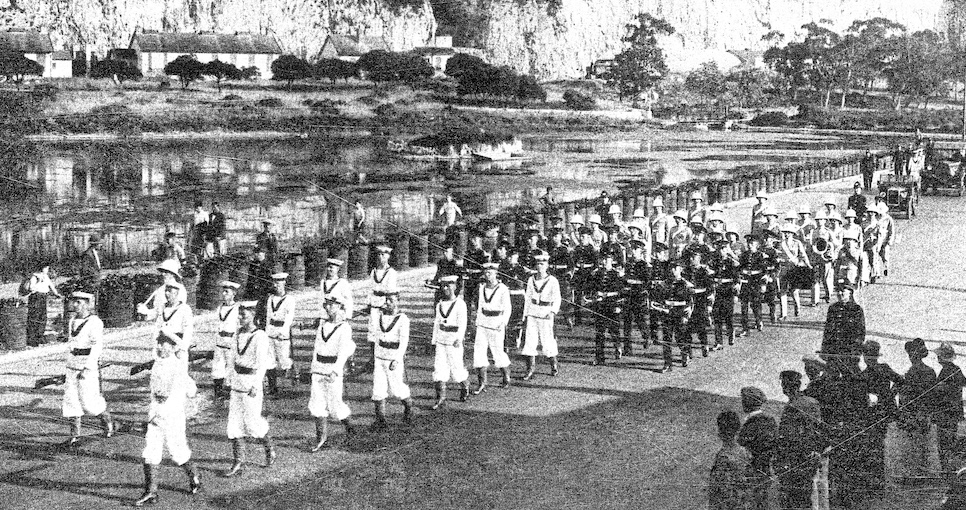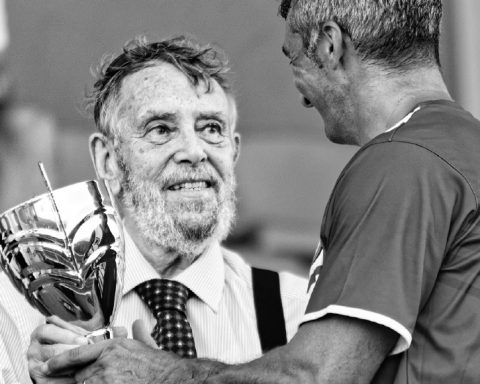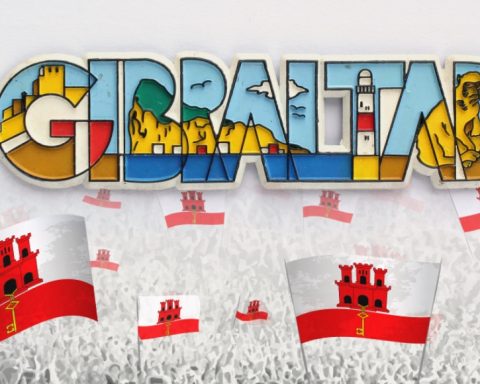Part 2
They left the United Kingdom on the morning of the 2nd of June flying direct to Gibraltar. The flight took 11hours at an average speed of 100mph.” with a following wind.” The Nurses, from the Queen Alexander Imperial Military Nursing Service, were Sisters G E Morgan, N K Smyth and Staff Nurses M R Ikin and M Ellis. The Aircraft touched down in Gibraltar at 1445hrs. The Bombing of the Deutschland caused a flurry of international political activity. An Italian cruiser Barletta was hit by bombs on the 24th of May whilst lying in the harbour of Palma with the death of six Italian sailors, and near misses were recorded on another German Patrol Ship Albatross off Palma on the 26th of May and the German cruiser Leipzig which claimed to have been attacked by a submarine. Complaints of these and other incidents were being laid before the League of Nations (the inter- war version of the United Nations). Claims by the Republican Government that arms were being shipped to the Franco forces of contravention to existing agreements of the Non- Intervention agreement, that the Deutschland had fired at their aircraft first, that they were reconnaissance flights and that the Russian pilots had mistaken the Deutschland for the Republican cruiser Canarias were countered by claims that the vessel was stood down at the time of the attacks and that what were reconnaissance aircraft doing flying loaded with bombs.
In the House of Commons, Sir Anthony Eden called on the German Charge d’Affaires to pass on to his government the hope that they will make no further moves to aggravate the present grave situation. However, Germany and Italy declared that they were withdrawing from Non-Intervention Committee.
The Spanish Government were divided as to what action to take over the bombing of Almeria. Some within the Ministry of Defence wanted to attack all German vessels in the Mediterranean. Fears were expressed that this could lead to a world war as countries ranged themselves of the different sides of the Spanish conflict. Discussions were held with Moscow and the decision was made to quietly let the matter drop.
On the 6th of June a stoker Herman Durr died at the Military Hospital making the total to date of 27.
The Deutschland requested its government to allow it to remain in Spanish waters as the damage did not affect its combat capabilities. On the 6th of June the battleship returned to Gibraltar and the Admiral visited the patients at the Hospital. The ship left the next day.
The German Government then decided that the dead should be buried in their native land and plans were formulated to enable the bodies to be disinterred, placed in lead lined crates for transfer to the Deutchland. The German Consul Mr George Imossi, liaised with the Colonial Secretary for the preparations and supply of coffins and the payment for the work involved. The concern voiced by the Colonial Secretary was the possible health risk caused by the operation. However, the insistence that all plans had to be approved and overseen by the Sanitary Inspectors allayed some of the fears.
On June the 11th the Deutschland came into harbour to pick up 20 sailors that were fit to travel out of the 53 that came to the hospital. That evening she move to an anchorage in the bay where she began to load the crates containing the bodies of the 26 victims disinterred from the North Front Cemetery on the nights of the 8th and 9th and two further bodies that died recently and had not been buried. The crates and lead lined coffins had been supplied by the German Government, the bodies placed in them at the North Front Cemetery and loaded on a lighter at Stone Jetty (now under the Victoria Stadium). Some worries existed that the condition of the bodies might deteriorate in the heat if left out in the Bay too long, The loading continued all night. There were three more bodies on board the ship bringing the total death toll to thirty one. The Panzerschiff as she was classified by the German Navy left that morning for Wilhelmshaven where it arrived on the 16th of June. A huge silent crowd gathered to meet the Battleship as it came alongside. The gangways were covered in black cloth and a fleet of lorries stood by to take the victims to where they would spend the night before being taken to their last resting place.
The following day the dead were buried with full military honours. Hitler was present at the ceremony as well as Field Marshal Von Blomberg. Admiral Raeder spoke of the sacrifice of the dead sailors and gave a detailed account of the action. There is little doubt that Hitler, as past master of political spectaculars would have squeezed the last ounce of propaganda value out of the occasion.
On Thursday July the 8th the Admiral Graf Spey, sistership of the Deutschland, and the ship that was to be sunk in the second world war in the battle of the River Plate, arrived in Gibraltar to collect 5 sailors. On the 24th a further 17 were collected by the cruiser Koln. The cruiser Nuremberg arrived on the 30th to collect the last four sailors as well as the Chaplain and interpreter that had remained in Gibraltar throughout the episode.
The four nurses that had been brought out to Gibraltar to assist the hard pressed staff of the Military Hospital were shipped back to the United Kingdom on board the SS Mongolia on the 21st of June.
In the Bright morning sunshine of August 17th, the German battleship Admiral Scheer entered the harbour under the shadow of the Rock, on board was Admiral Rolf Carl A crowd had gathered outside the Convent to watch the soldiers formed up in full uniform. An air of expectation was in the air. It was obvious that this was no ordinary military parade. The Regimental Colours hung limply in the humid heat. At 11 o’clock precisely an official car drew up beneath the convent terrace as the troops presented arms. The German National Anthem was played by the band. The parade stood rigid as Admiral Carls stepped out of the car, his military decorations sparkling in to brilliant sun. “Slope Arms.” The crash of the rifles and the echo of the boots resounded across the silence of the square. Brigadier H P Curry invited the Admiral to inspect the Guard drawn from the 1st battalion of the Kings Own Yorkshire Light Infantry as the band under Major Redman played appropriate music.. In the distance a seventeen gun salute could be heard as the two officers walked the immaculately turned out soldiers.
The Brigadier saluted the Admiral as he turned and entered the Government House
followed by Mr George Imossi, the German Consul in Gibraltar. He was met by The Governor attended by the ADC. A reception followed to which members of the Executive Council were invited. During the party the Admiral expressed his thanks for the way in which the victims of the Deutschland were treated in Gibraltar.
At noon the Governor was received on board the Admiral Scheer. which was followed by a luncheon at Governor’s Cottage. That evening Rear Admiral Evans gave a dinner at the Mount.
On Wednesday the German Admiral gave a luncheon on board the Admiral Scheer. Before sitting down to the meal the Admiral spoke of the gratitude felt by the German Government and that the Fuhrer had ordered him to come to Gibraltar to personally convey his thanks and those of his Government. Special mention was made of the doctors and nurses of the Military Hospital and the whole community of Gibraltar, who had assisted the victims of the Deutschland.
Presentations were made to the following:-
The Star of the Order of the German Red Cross.
- He The Governor Sir Charles Harington
- Rear Admiral A E Evans
1st Class Medal of the German Red Cross
- Capt TB Fellows RN
- Lt Co l JT Simson
Cross of Merit
- Lt Col HBC Dixon
- Major BE Gentleman
- Major CBC Aderson
- Capt JP Douglas
- Major WI Spencer Cox
- Capt AL Pennefather
- Major JT Smyth
Badge of Honour
- Mr George Imossi German Consul
- Cde CWAG Hemley RN
- Lt (QRM) GP Steer
Ladies Cross
- Miss Crosswell Miss MR Ikin
- Miss Sowter Miss M Ellis
- Miss Smith Miss NK Smyth
- Miss Morris Miss Coleing
- Miss Joules Miss Dittey
- Miss GE Morgan Miss Mellor
- Miss Steer Miss McShane
- Mrs Lewis Miss Lockhead
- Miss Garesse Miss Lourdes Canto
- Miss Olga Giraldi Mrs Burton
- Mrs Davies
The terrace at the Rock Hotel was buzzing with conversation. The light breeze rustled in the trees below. The reflection of the lights from the warships ships in harbour were shimmering in the water, The German Battleship Admiral Scheer could be seen tied up alongside the Tower. Her Admiral was the Guest of Honour at the cocktail party given by Mr George Imossi. The Governor, the British Admiral and some fifty other guests were present. The visit was coming to an end and the hectic programme would end as the Battleship left harbour the following day escorted by the destroyer Leopard.

